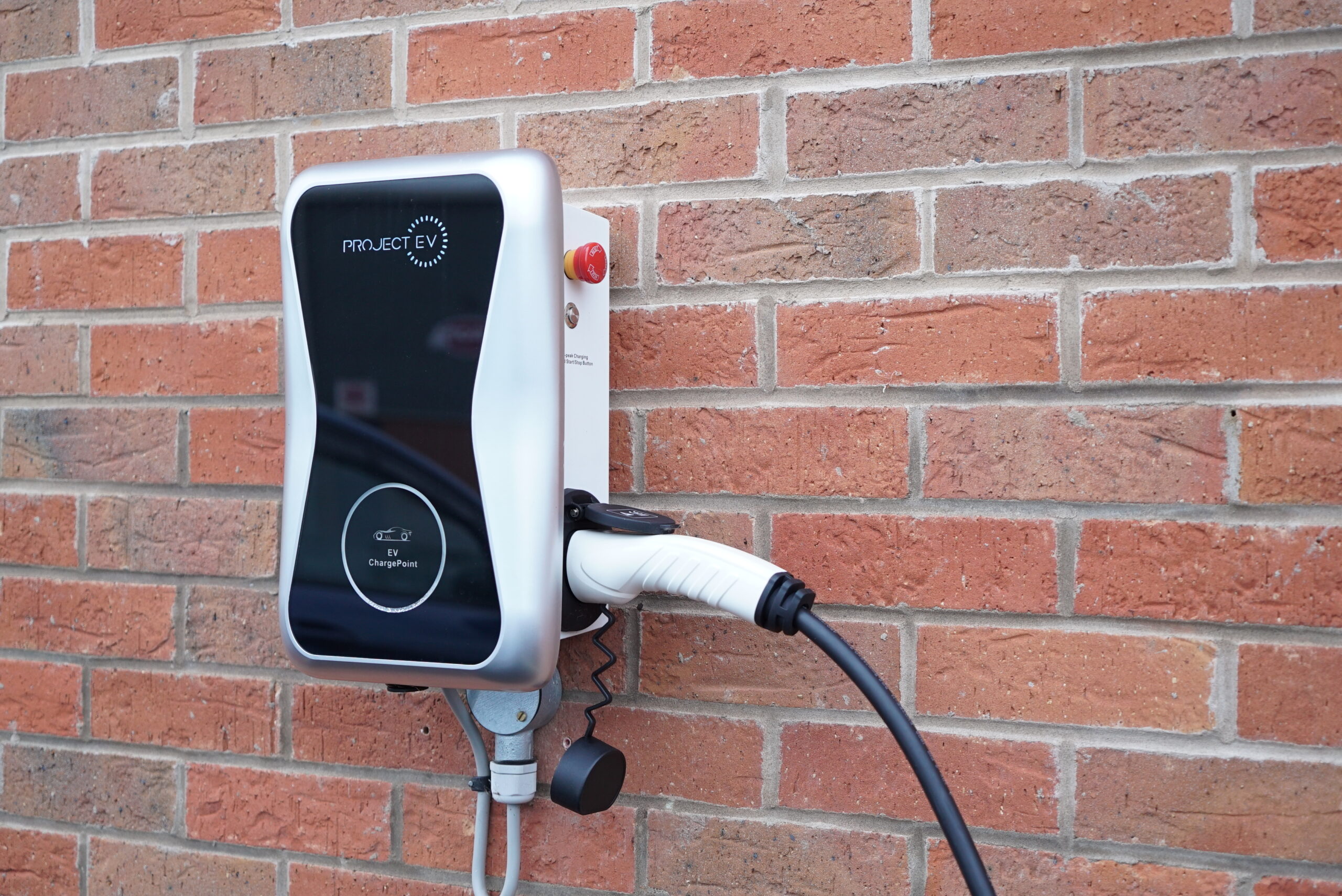As individuals, reducing our carbon footprint has never been more crucial in combating global climate change. One of the most impactful steps we can take is transitioning to hybrid or electric vehicles, which significantly cut down on harmful emissions compared to traditional gasoline-powered cars. Electric vehicles (EVs), unlike conventional ones, produce zero tailpipe emissions since they run on batteries rather than burning fuel. However, while EVs are celebrated for their eco-friendly credentials, it's essential to consider the source of the electricity used to charge them. Many charging stations still rely on non-renewable energy sources like coal, which undermines some of the environmental benefits. Thankfully, progress is being made toward cleaner energy generation. For instance, in 2020, the UK National Grid reported that coal accounted for just 1.6% of its energy mix, marking a significant drop from previous years. Nevertheless, achieving net-zero greenhouse gas emissions by 2050 remains a formidable challenge. One promising solution is harnessing renewable energy—such as solar power—to fuel our electric vehicles. If you're already invested in sustainable living, perhaps you've installed solar panels or are thinking about purchasing an EV charger. Either way, understanding how these technologies integrate could empower you to make smarter decisions. Our guide aims to clarify everything you need to know about combining solar energy with electric mobility. Absolutely! Solar photovoltaic (PV) systems generate clean electricity that can both supply your household needs and recharge your EV. Keep in mind though, solar panels operate solely during sunlight hours. Any surplus energy produced must either be utilized right away, fed back into the grid, or stored in a battery pack. This limitation might pose challenges depending on your daily routine and parking habits. For example, if you return home late in the evening, you might only have limited time each night to charge your vehicle, especially during shorter winter days. A solar battery storage system can help bridge this gap by holding onto extra daytime energy so you can access it later—like powering up your EV after sunset. Charging at home tends to be cheaper and more convenient than relying on public stations scattered around town. Plus, pairing solar panels with a dedicated home charging station ensures you're maximizing renewable resources while minimizing costs. Installing a Level 2 charger—a faster option than standard outlets—is recommended because it efficiently transfers higher voltages directly into your battery pack. These units convert alternating current (AC) from the mains into direct current (DC), compatible with most modern EVs. Companies like Project EV offer various models tailored to suit different budgets and requirements. Figuring out how many solar panels are necessary depends largely on factors such as your typical household consumption levels (measured in kilowatt-hours, kWh), along with the capacity of your specific EV model. Average compact cars require around 30-35 kWh per full charge, whereas larger family vehicles usually demand closer to 40-65 kWh. Before adding an EV charger to your existing setup, consult with professionals who specialize in solar installations. They can assess whether your current array can handle additional loads without compromising performance or efficiency. Predicting precisely how long it takes to fill up an empty battery isn't straightforward due to variables like battery size, charging rate, and model specifics. On average, expect anywhere between half an hour for quick boosts and upwards of twelve hours for complete refills under optimal conditions. To avoid unnecessary wear-and-tear on lithium-ion cells, try not to let your SOC (state of charge) dip too low regularly. Over-discharging accelerates aging processes within the cell chemistry, potentially shortening lifespan and diminishing overall performance over time. The affordability of electric cars continues improving year-on-year thanks to technological advancements and growing competition among manufacturers. Prices now rival those of comparable internal combustion engine models, plus incentives exist to offset initial expenses further. From budget-friendly city runabouts to luxury sedans boasting extended ranges, there's something suitable for everyone regardless of preferences or lifestyle choices. And don't forget about government subsidies designed specifically to encourage wider adoption of low-emission alternatives! Are you ready to embrace sustainability through integrated renewable solutions? Whether you're seeking advice regarding pairing solar arrays with new EV acquisitions or exploring ways to optimize existing infrastructure alongside emerging electric technologies, reach out to our knowledgeable staff anytime—they'd love nothing more than assisting you every step along the journey towards greener horizons!  Mould Trim Line,Injection Molding Inserts, Insert Overmolding, Insert Molding Process, Insert Moulding Dongguan Hao Chen Precision Industry Co., Ltd. , https://www.howmolds.com
Can Solar Panels Power Your Electric Car?
Home Charging Solutions
Estimating Panel Requirements
Charging Times Vary
Affordability of Electric Vehicles
Get Expert Guidance Today